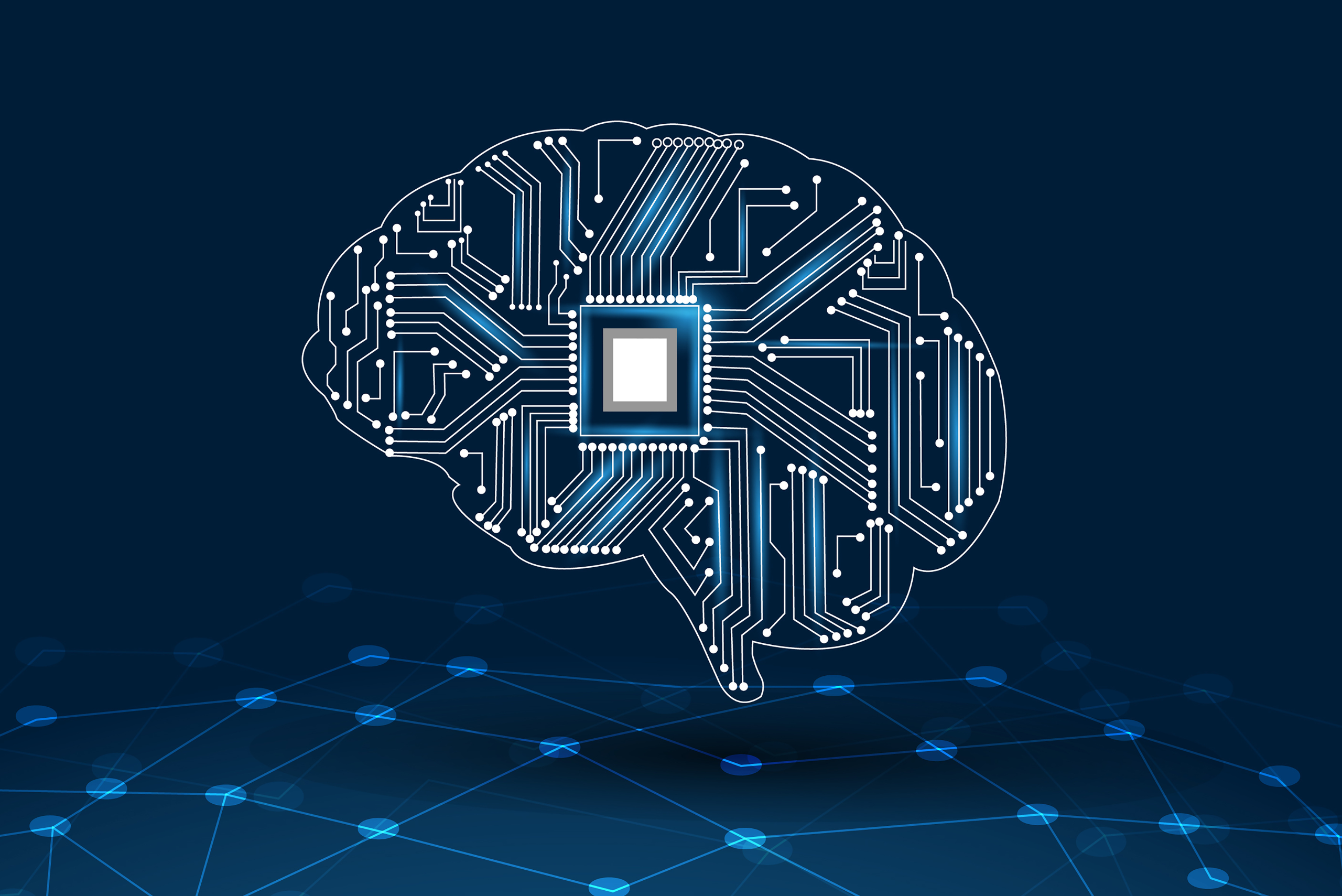Revolutionizing Microchip Production with AI
September 15, 2023

Microchips are the brain behind some of the most vital systems in the world, from smartphones and laptops to satellites and defense systems. Though have become an expected convenience in our everyday lives, they are produced through an intricate process that demands precision and efficiency. Because of this, there is always room for innovation and improvement.
Enter artificial intelligence (AI), which is, in basic terms, “a technology that mimics human intelligence to perform tasks and can iteratively improve”. AI has proven to be a game-changer in microchip manufacturing in that it has revolutionized production in ways we could have only dreamed of a decade ago.
This blog will explore how AI is optimizing these microchip production processes, improving yield rates, and accelerating research and development in semiconductor manufacturing.
The Complexity of Microchip Production
Microchip manufacturing is a process that involves hundreds of complex steps. It begins with the design and fabrication of the semiconductor wafer and goes through processes like photolithography, etching, and doping. Each step must be performed with perfect accuracy to make sure the final product meets the required specifications.
Traditionally, human operators have run these processes, which can be time-consuming and prone to errors. Moreover, as chip designs become more intricate and demand for smaller, faster, and more powerful microchips grows, the challenges in production have also escalated.
This is where AI plays its part…
AI in Microchip Production
Artificial intelligence can aid in almost every aspect of microchip production and technology; here’s how:
Process Optimization
AI algorithms can monitor production processes in real-time, making instant adjustments when deviations are detected. This leads to improved consistency and precision, resulting in higher-quality microchips.
Without as many consistency issues, microchip production losses and delays will be few and far between.
Predictive Maintenance
AI-powered predictive maintenance systems analyze data from manufacturing equipment to detect potential issues before they cause downtime. This proactive approach saves both time and money that would be spent fixing the problem as it is occurring.
Yield Improvement
AI-driven data analytics can identify patterns and correlations that human operators might miss. This insight can help optimize production processes, reduce defects, and increase yield rates.
Design Optimization
Believe it or not, AI is not limited to production processes; it also plays a huge role in chip design. Machine learning algorithms can analyze large amounts of data to find optimal chip architectures, leading to faster and more efficient microchips.
Accelerated Research and Development
AI is speeding up research and development in semiconductor manufacturing. By analyzing manufacturing scenarios, AI can help researchers test new materials and processes more efficiently, reducing the time and cost required to bring innovative microchips to market.
The future is Now
Today, we are seeing microchip and semiconductor manufacturers embracing this technology, with Deloitte Global predicting that “the world’s leading semiconductor companies will spend US$300 million on internal and third-party AI tools for designing chips in 2023, and that number will grow by 20% annually for the next four years to surpass US$500 million in 2026.”
Though this technology is new, it is being embraced by major microchip manufacturers and designers. Looking towards the future, with the creation of complex microchips that only AI can develop, there may come a time when AI adoption is required.
Overall, the synergy between artificial intelligence and microchip production will bring a new era of innovation. From optimizing production processes and improving yield rates to accelerating research and development efforts, AI is turning out to be a permanent resident in the industry.
The Strategic & Spectrum Missions Advanced Resilient Trusted Systems (S²MARTS) OTA is onshoring microelectronics production using AI with the Microelectronics Commons Project. Click here to learn more about S²MARTS membership.
About S²MARTS
The Strategic & Spectrum Missions Advanced Resilient Trusted Systems (S²MARTS), managed by NSTXL, is the premier rapid OT contracting vehicle for the Department of Defense (DoD) in trusted microelectronics, strategic & spectrum mission, and other critical mission areas. The Naval Surface Warfare Center (NSWC), Crane Division created S²MARTS to grow and engage an elite network of innovators, shorten the path to defense prototype development, and advance national security efforts.
About NSTXL
NSTXL is focused on building a network of innovators and creators across the most sought-after emerging technology fields. As an open-source platform, our approach was designed to encourage network growth and collaboration without stifling change. We support our network by providing commercial-term contracting, open-source technology discovery, modern-day marketing outreach, a strongly interconnected network for easy teaming and cybersecurity compliance support.







